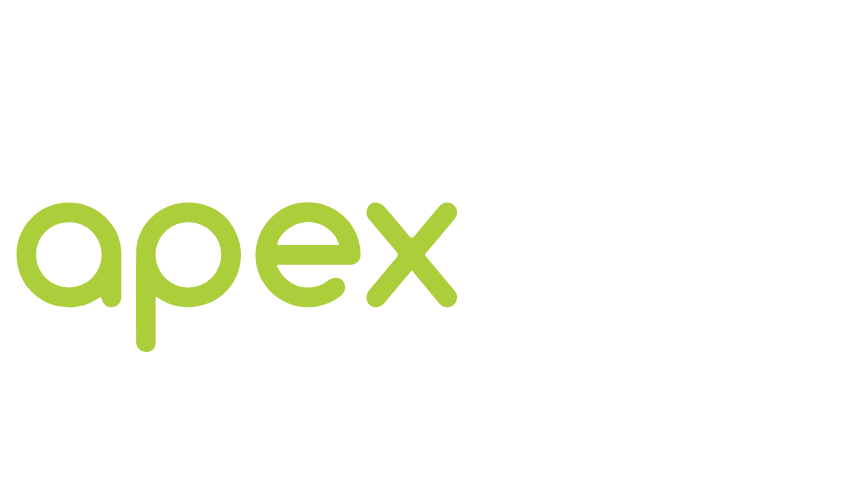Ozone Therapy
Harness the power of ozone for cleaner, faster, and safer healing.
An Introduction to Ozone Therapy
Ozone has a long history in medicine, with the first ozone generator for medical use patented by Nikola Tesla in 1896. Over the last few decades, its powerful antimicrobial properties have been harnessed to complement traditional dental procedures, enhancing treatment outcomes. At Apex Dental, we underscore the importance of precise and responsible use of ozone therapy. Our commitment is to deliver innovative care while maintaining the highest standards of safety and efficacy.
Safety and Efficacy of Ozone Therapy
Ozone therapy, when administered with precision and adherence to established therapeutic protocols, is remarkably safe and free from side effects. Regarding safety and efficacy, ozone readily outperforms other disinfecting and therapeutic agents. Unlike chlorine, ozone has no toxic byproducts. Its main byproduct is oxygen- it doesn’t get much more non-toxic than that! Unlike the slow and limited effects of chlorine and hydrogen peroxide, ozone’s antibacterial oxidation is quick and efficient (3500 times faster than chlorine). At therapeutic doses and with proper scavenging systems, ozone is self-limiting and perfectly safe for human cells. At Apex Dental, the well-being of our patients is paramount; hence, we emphasize rigorous training and careful application and understanding of this treatment.
Common Applications of Ozone Therapy
Treating Deep Caries
Ozone gas has the ability to penetrate into dental caries, destroying the pathogenic bacteria in the site. This makes ozone a great adjunct in the management of deep caries, allowing disinfection of the affected areas prior to restoration. While ozone proves efficient in this regard, it’s pivotal to understand that it complements, not replaces, traditional cavity treatments for deep decay, serving as an adjunctive measure to enhance outcomes.
Treatment to Arrest Inoperable or Incipient Caries
There are times when ozone gas is indicated for management of caries without traditional treatment. This would include noninvasive ozone gas treatments of incipient, or reversible, enamel caries. Another indication would be a young child with active caries who is unable to tolerate dental treatment. In this instance, ozone gas could be utilized in the lesions to eliminate the pathogenic bacteria and arrest the decay process until the child is old enough and cooperative enough for proper care of the lesions. In both of these circumstances, it is very important to pair this with daily use of a remineralizing toothpaste containing nano-hydroxyapatite.
Enhancing Routine Cleanings with Ozonated Water
The addition of ozonated water to routine dental cleanings and lavage is very effective at breaking up the bacterial biofilm that grows more pathogenic as it matures. Enhancing the elimination of oral pathogens leaves a fresh oral environment for a healthy microbiome to repopulate.
Managing Periodontal Disease with Ozone Gas
In treatment of periodontal disease, ozone gas is a very effective disinfectant and oxygenator of deep periodontal pockets. Introducing ozone gas into these pockets disrupts the pathogenic anaerobic bacterial populations in the base of the sulcus, introducing oxygen to enhance healing and leading to an improvement in gum health with a decrease in inflammation.
Ozonated Olive Oil for Oral Health and Healing
Ozonated olive oils (OOO) bring with them an array of therapeutic attributes beneficial for both hard and soft tissue health. OOO can be a very effective topical treatment to speed healing and reduce discomfort of cold sores and other traumatic or inflammatory lesions of the oral mucosa. We will oftentimes incorporate ozonated olive oil into our homecare recommendation for periodontal inflammation and occasionally for incipient caries, as well.
Ozone Gas in Extractions and Oral Surgery
If the pulp tissue of a tooth becomes infected or necrotic, that infection can only be removed by extraction of the tooth or by root canal treatment, which saves the tooth but removes the infected pulpal tissue. The network of pulp tissue inside teeth can be very complex, particularly in molars and premolars. When saving the tooth is the ideal treatment, then root canal treatment must sterilize the canal system to the highest degree achievable. Coordinated with strict mechanical debridement, irrigation with ozonated water and insufflation with ozone gas will not only sterilize the main canal system, but will also infiltrate the complex network of lateral and accessory canals. A sterile canal system maximizes the success of root canal treatment and minimizes the chance of reinfection.
Want to learn more?
Ozone therapy is backed by scientific research. Read our article below to learn all about how it works on the molecular level.
Dentists who put your comfort, confidence, and whole health first.
725 S 51st St, West Des Moines, IA 50265
Monday–Thursday, 8AM–5PM

